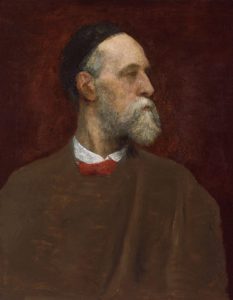
1817 - 1904
George Frederic Watts
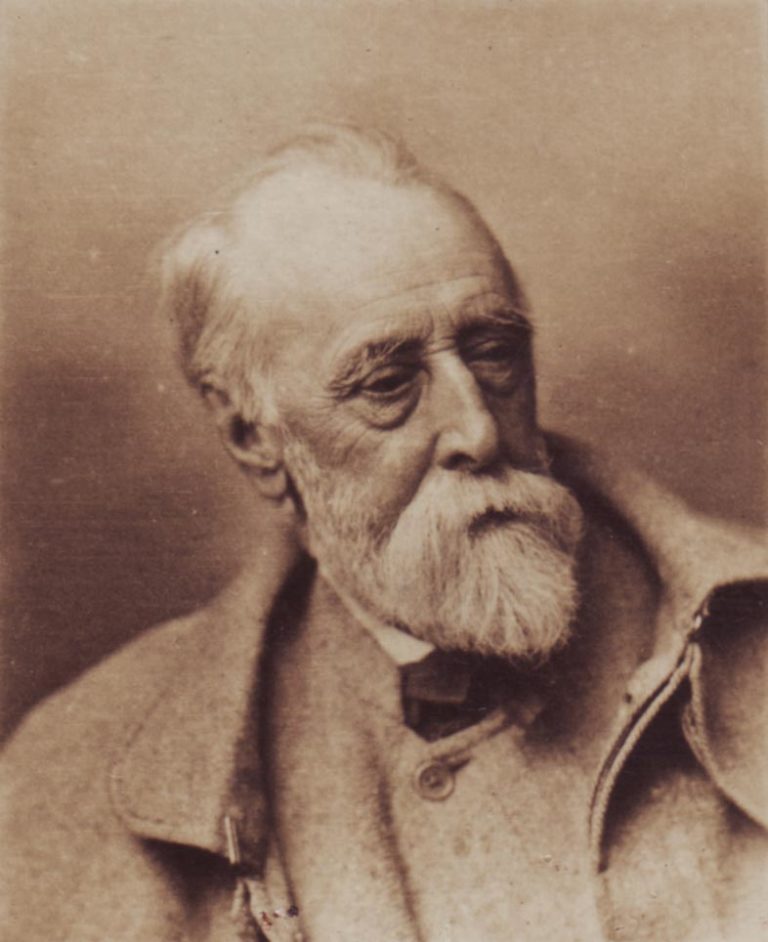
description
An English Symbolist painter and sculptor, master of allegorical and mythological paintings, mural master and portraitist popular in his time. Watts is considered one of the most mysterious, prolific and exceptional artists of the Victorian era. He was awarded the knighthood and the title of academician of the Royal Academy of Arts. In Compton (Guilford), the artist and his wife themselves created a gallery, which was renovated and expanded at our time. In the estate Limnerslease, the museum of G. Watts, studios and workshops for the artists were opened.
Key ideas:
– Watts is famous for his magnificent portraits and allegorical profound works. First of all, these are pictures from the symbolic epic cycle “The House of Life” with the speaking names “Hope” and “Love and Life”. The artist conceived them as part of a narration about the harmony between desires and emotions and everyday life. He developed and visually embodied design with the help of a universal symbol language.
– It is known that the content of the paintings of Watts significantly differs from the works of other British artists: apart from famous mythological images, the artist created his own completely independent allegories – “Fata Morgana” (1965), “Mammon” (1884).
– Watts’ connection with the aesthetic movement weakened from 1870s; his paintings increasingly combine classical traditions with a deliberately excited and restless surface. Under the influence of M. Muller’s ideas on comparative religion, the artist puts more dynamic energy of life into a brushstroke, hoping to trace and depict the synthesis of the spiritual connections of the “mythologies of the races of the world”, as well as Darwinian evolution.
– The canvases of the artist have some prevailing calmness and vagueness, which would reminisce Titian, Giorgione or Tintoretto, if a cool gray color did not prevail in the paintings of Watts instead of the brightness of colors, typical of the Venetians.
– The peculiarity of the painting style of Watts, thus, is in its similarity to the manner of the Venetian masters of the late Renaissance and in the use of new avant-garde techniques in fine arts.
1817
1827
1835
1837
1843 - 1860
1865
1867
1877
1886
1891
1902
1904
The birth of the artist
He became a student of sculptor William Benes
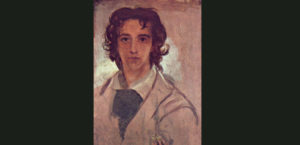
Entered the School of Art at the Royal Academy

Exhibited his works at the Royal Academy
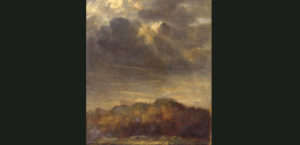
He made a long educational visit to Italy
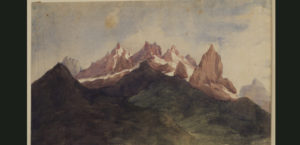
Met Sir Charles Rickards
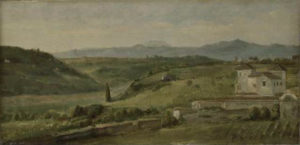
He was elected an academician of the Royal Academy
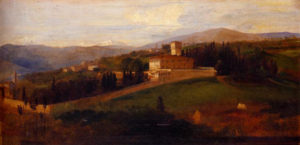
His personal exhibition was successfully held at the Grosvenor Gallery
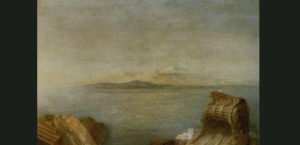
He married 36-year-old Scotchwoman
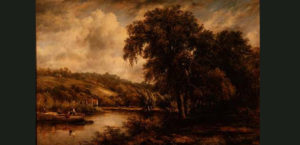
He bought land near Compton
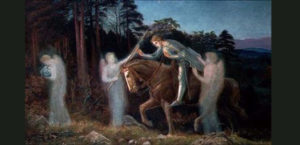
He agreed to take the knightly title
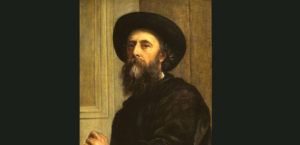
The artist died
